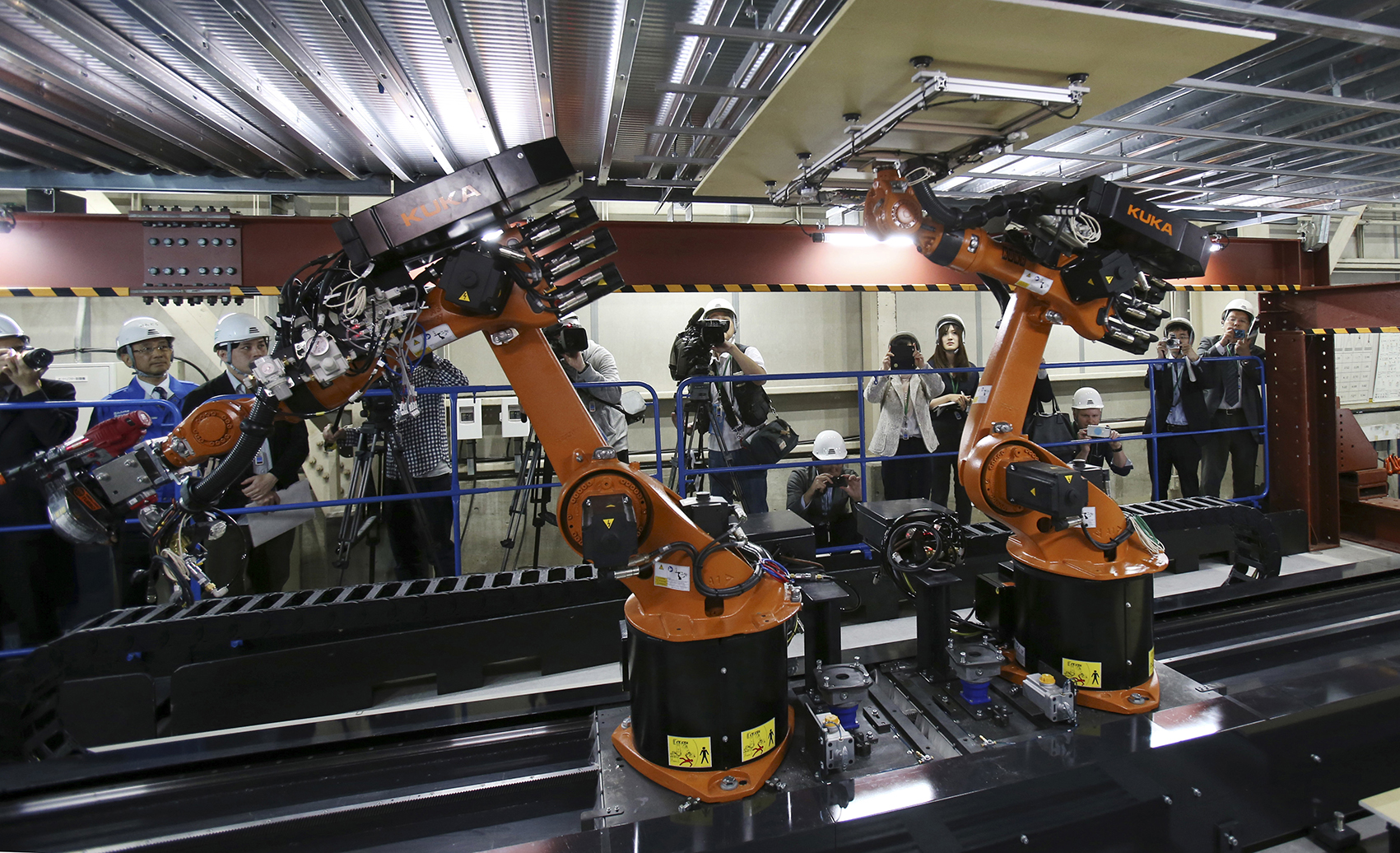Bank of Japan on Tuesday made slight adjustments to its monetary policy to enhance the sustainability of its current easing measures. The changes are designed to make the policy framework more flexible.
The BoJ policy board left its benchmark short-term interest rate at minus 0.1% and its long-term interest rate near zero, Nikkei reported.
Yields “may move upward and downward to some extent, mainly depending on developments in economic activity and prices,” read a statement from the bank, signaling more rate fluctuations will likely be allowed in the bond market. The nine policy board members voted 7-2 for the rate decision.
The bank kept the size of asset purchase programs unchanged. But the BoJ said it may increase or decrease the amount of purchases of exchange-traded funds and Japan real estate investment trusts, depending on market conditions, again to gain flexibility.
BoJ implemented a forward guidance to the policy and said it would maintain the extremely low levels of short- and long-term interest rates for an extended period of time.
It lowered its inflation forecast for fiscal 2018 to 1.1% from 1.3%, and for fiscal 2019 to 1.5% from 1.8%. It also forecast inflation for fiscal 2020 to be slightly lower, at 1.6% rather than 1.8%.
The forecast clarifies that the bank’s annual inflation target of 2% will be unachievable before fiscal 2020, forcing it to review how prolonged easing may result in side effects, such as distorted market pricing and damaged profitability of financial institutions.
To enhance the sustainability of its monetary policies, the bank decided to reduce the size of the policy-rate balance, to which a negative interest rate is applied, for financial institutions.
It will shift from purchasing Nikkei 225-based exchange traded funds toward buying ETFs that track the Tokyo Stock Exchange Price Index.
The bank’s decision was largely in line with market expectations. But, ahead of the meeting, some market participants anticipated an even more drastic change, such as a move toward normalization by raising policy rates.
After the decision was announced, the yield on the 10-year Japanese Government Bond fell from 0.09% to 0.06%. The yen depreciated against the dollar, which went from 110.81 yen to 111.40 yen. The Nikkei Stock Average turned from negative territory to positive compared to the previous day’s close.
Inflation Falling Short
In a quarterly review of its projections also released on Tuesday, the BoJ trimmed its price forecasts and conceded inflation could fall short of its target for three more years, Reuters reported.
The central bank has failed to break Japan’s entrenched deflationary mindset despite years of heavy money printing, with stubbornly soft inflation sapping its ammunition and global trade woes clouding the outlook for an export-reliant economy. But there is uncertainty over how long it can sustain the current ultra-easy policy given the strain near-zero rates are inflicting on Japanese banks and the bond market.
Aside from its yield targets, the BoJ floods markets with cash by buying risky assets such as ETFs and corporate bonds. It also keeps a loose pledge to increase its government bond holdings by 80 trillion yen ($720.79 billion) per year.
Jobless Rate Rises
Japan’s seasonally adjusted unemployment rate stood at 2.4% in June, up from 2.2% in May, the ministry of internal affairs and communications said Tuesday, Jijipress reported.
The number of jobless people increased 9.9% from the previous month to 1.66 million after seasonal adjustment, the ministry also said.
Separately, the ministry of health, labor and welfare said the ratio of job openings to job seekers in June came to 1.62, up 0.02 point from the previous month.
Industrial Output Slips
Japan’s industrial production decreased in June, suggesting it is easing after recently trending higher, government data showed Tuesday, MarketWatch reported.
Industrial output fell 2.1% in June from a month earlier, following May’s 0.2% fall, according to the ministry of economy, trade and industry. The fall was bigger than a 0.4% drop expected by economists surveyed by Nikkei. The drop in output was seen in a broad range of products, including semiconductor-making equipment, personal computers, plastic products, gasoline and carbon fiber. Production increased 1.2% in the April-June quarter from the previous one.
The ministry maintained its assessment on industrial output, and said that production was picking up gradually.
According to a survey included in the report, manufacturers expect output to rise 2.7% in July before expanding 3.8% in August.


